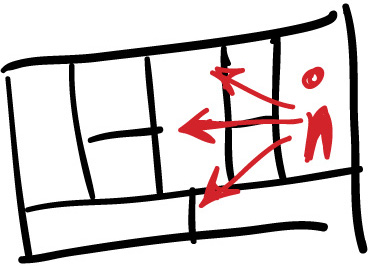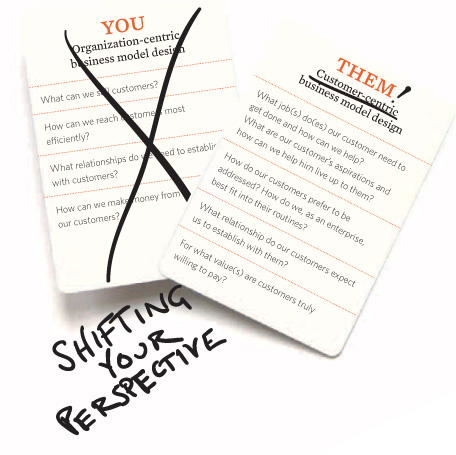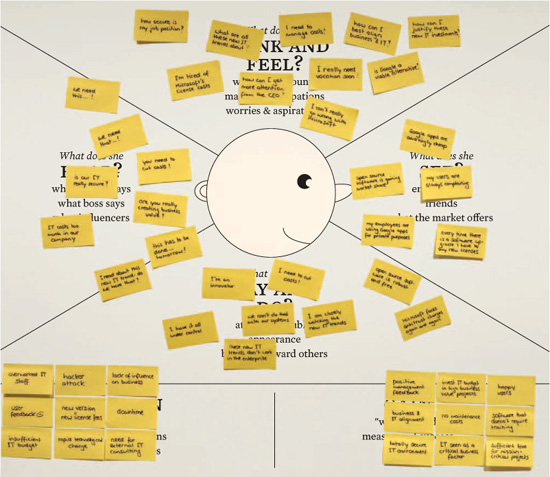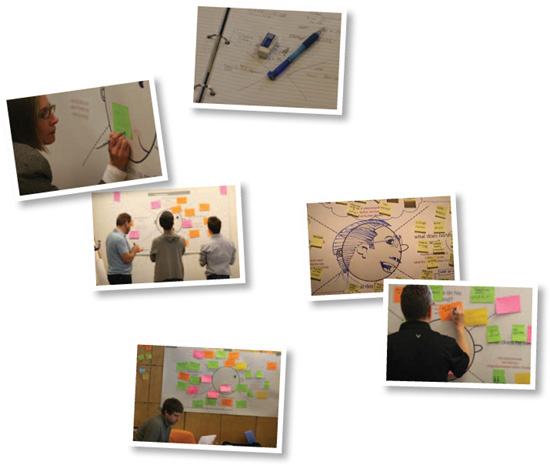
Technique_No. 1
Customer Insights

Valentine’s Day, 2008
Outside an office building on the outskirts of Oslo, four Norwegian teenagers wearing American- style “letter” jackets and baseball caps are engaged in a lively discussion with a man in his 50s . . .
. . . The teenagers are young, hip snowboarders answering questions posed by Richard Ling, a senior sociologist working for Telenor, the world’s seventh largest mobile operator. Ling is interviewing the group as part of a study to gain insights into the use of photos and photo sharing over social networks. Now that nearly every mobile phone sports a camera, photo sharing is of keen interest to cellular operators. Ling’s research will help Telenor capture the “big picture” of photo sharing. He focuses not just on existing and potential new mobile photo sharing services, but on broader issues, such as the role photo-sharing plays with respect to trust, secrecy, group identity, and the social fabric linking these young men. Ultimately, his work will enable Telenor to design and deliver better services.
Building Business Models on Customer Insights
Companies invest heavily in market research, yet often wind up neglecting the customer perspective when designing products, services—and business models. Good business model design avoids this error. It views the business model through customers’ eyes, an approach that can lead to the discovery of completely new opportunities. This does not mean that customer thinking is the only place from which to start an innovation initiative, but it does mean that we should include the customer perspective when evaluating a business model. Successful innovation requires a deep understanding of customers, including environment, daily routines, concerns, and aspirations.
Apple’s iPod media player provides an example. Apple understood that people were uninterested in digital media players per se. The company perceived that consumers wanted a seamless way to search, find, download, and listen to digital content, including music, and were willing to pay for a successful solution. Apple’s view was unique at a time when illegal downloading was rampant and most companies argued that nobody would be willing to pay for digital music online. Apple dismissed these views and created a seamless music experience for customers, integrating the iTunes music and media software, the iTunes online store, and the iPod media player. With this Value Proposition as the kernel of its business model, Apple went on to dominate the online digital music market.

Adopting the customer perspective is a guiding principle for the entire business model design process. Customer perspectives should inform our choices regarding Value Propositions, Distribution Channels, Customer Relationships, and Revenue Streams.
The challenge is to develop a sound understanding of customers on which to base business model design choices. In the field of product and service design, several leading companies work with social scientists to achieve this understanding. At Intel, Nokia, and Telenor, teams of anthropologists and sociologists work to develop new and better products and services. The same approach can lead to new or better business models.
Many leading consumer companies organize field trips for senior executives to meet customers, talk to sales teams, or visit outlets. In other industries, particularly those involving heavy capital investments, talking to customers is part of the daily routine. But the challenge of innovation is developing a deeper understanding of customers rather than just asking them what they want. As pioneering automaker Henry Ford once said, “If I had asked my customers what they wanted, they would have told me ‘a faster horse.’”
Another challenge lies in knowing which customers to heed and which customers to ignore. Sometimes tomorrow’s growth segments wait at the periphery of today’s cash cows. Therefore business model innovators should avoid focusing exclusively on existing Customer Segments and set their sights on new or unreached segments. A number of business model innovations have succeeded precisely because they satisfied the unmet needs of new customers. For example, Stelios Haji-Ioannou’s easyJet made air travel available to lower- and middle-income customers who rarely flew. And Zipcar allowed city dwellers to eliminate the hassles of metropolitan car ownership. Instead, customers who pay an annual fee can rent automobiles by the hour. Both are examples of new business models built on Customer Segments located at the periphery under incumbent models: traditional air travel and traditional car rentals.

The Empathy Map

Few of us enjoy the services of a full team of social scientists, but anybody examining a business model can sketch profiles of the Customer Segments addressed therein. A good way to start is by using the Empathy Map, a tool developed by visual thinking company XPLANE. This tool, which we also like to call the “really simple customer profiler,” helps you go beyond a customer’s demographic characteristics and develop a better understanding of environment, behavior, concerns, and aspirations. Doing so allows you to devise a stronger business model, because a customer profile guides the design of better Value Propositions, more convenient ways to reach customers, and more appropriate Customer Relationships. Ultimately it allows you to better understand what a customer is truly willing to pay for.
How to Use the (Customer) Empathy Map
Here’s how it works. First, brainstorm to come up with all the possible Customer Segments that you might want to serve using your business model. Choose three promising candidates, and select one for your first profiling exercise.
Start by giving this customer a name and some demographic characteristics, such as income, marital status, and so forth. Then, referring to the diagram on the opposite page, use a flipchart or whiteboard to build a profile for your newly-named customer by asking and answering the following six questions:
1 WHAT DOES SHE SEE?
DESCRIBE WHAT THE CUSTOMER SEES IN HER ENVIRONMENT
• What does it look like?
• Who surrounds her?
• Who are her friends?
• What types of offers is she exposed to daily (as opposed to all market offers)?
• What problems does she encounter?
2 WHAT DOES SHE HEAR?
DESCRIBE HOW THE ENVIRONMENT INFLUENCES THE CUSTOMER
• What do her friends say? Her spouse?
• Who really influences her, and how?
• Which media Channels are influential?
3 WHAT DOES SHE REALLYTHINK AND FEEL?
TRY TO SKETCH OUT WHAT GOES ON IN YOUR CUSTOMER’S MIND
• What is really important to her (which she might not say publicly)?
• Imagine her emotions. What moves her?
• What might keep her up at night?
• Try describing her dreams and aspirations.
4 WHAT DOES SHE SAY AND DO?
IMAGINE WHAT THE CUSTOMER MIGHT SAY, OR HOW SHE MIGHT BEHAVE IN PUBLIC
• What is her attitude?
• What could she be telling others?
• Pay particular attention to potential conflicts between what a customer might say and what she may truly think or feel.
5 WHAT IS THE CUSTOMER’S PAIN?
• What are her biggest frustrations?
• What obstacles stand between her and what she wants or needs to achieve?
• Which risks might she fear taking?
6 WHAT DOES THE CUSTOMER GAIN?
• What does she truly want or need to achieve?
• How does she measure success?
• Think of some strategies she might use to achieve her goals.

Understanding a B2B customer using the Empathy Map
In October 2008, Microsoft announced plans to provide its entire suite of Office applications online. According to the announcement, customers will eventually be able to use Word, Excel, and all other Office applications through browsers. This will require Microsoft to significantly reengineer its business model. One starting point for this business model renovation could be to create a customer profile for a key buying segment: chief information officers (CIO), who define IT strategy and make overarching purchasing decisions. What might a CIO customer profile look like?
The goal is to create a customer viewpoint for continuously questioning your business model assumptions. Customer profiling enables you to generate better answers to questions such as: Does this Value Proposition solve real customer problems? Would she really be willing to pay for this? How would she like to be reached?
